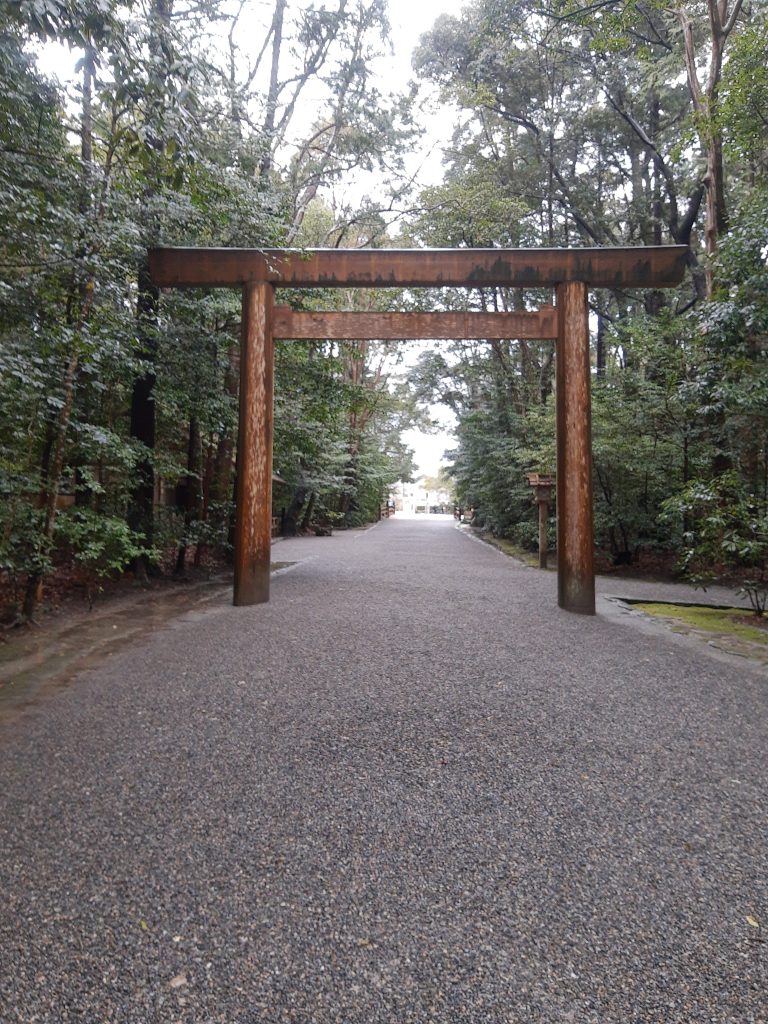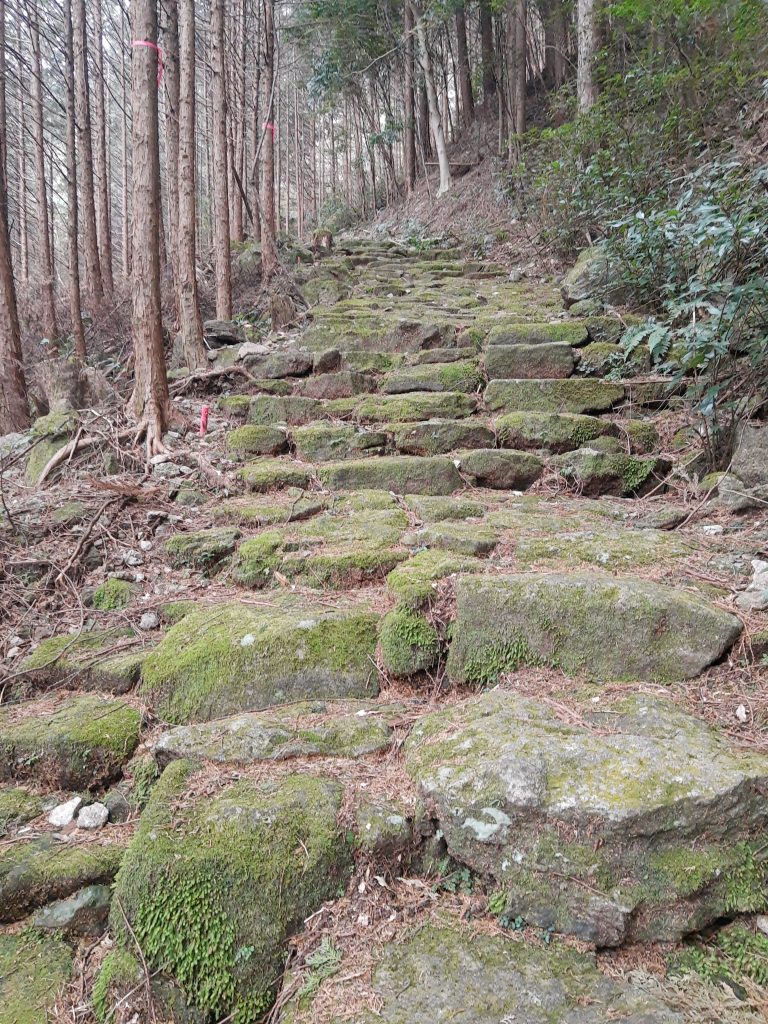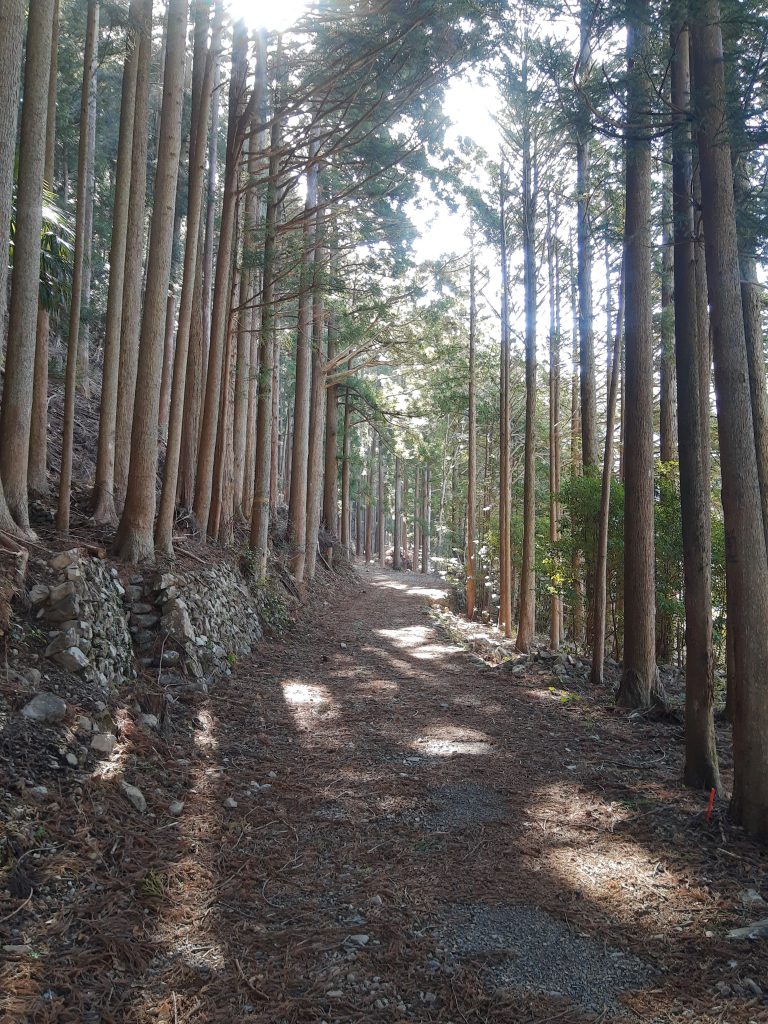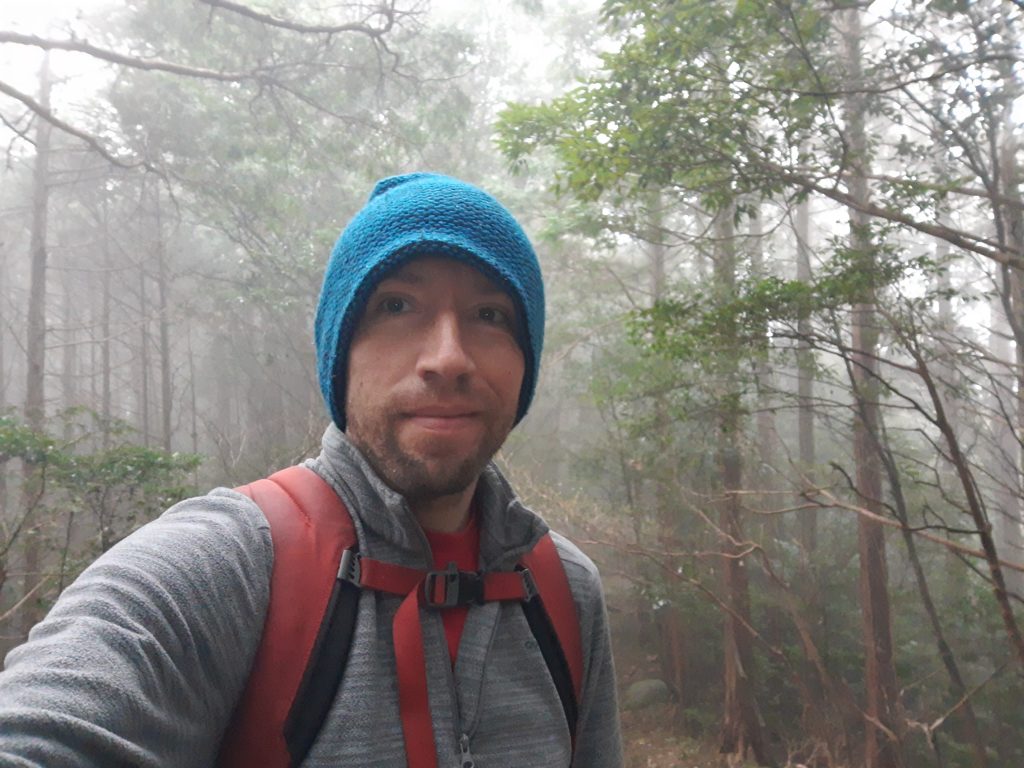
When I completed the Camino de Santiago walk in 2017, I had a period of reflection and took some time to write down the lessons I came away with from my month on the trail. In the same spirit, I am writing down some of the lessons I came away with from my time on the Kumano Kodo. This post is really for me to internalize the lessons and wisdom, but I hope this can help others too. Some of these are a bit more of bits of gratitude as well, but I feel they are lessons for me nonetheless.
1) Listen to your body
As I get older, I have started to realize how important it is to listen to my body and what it is telling me. Your body has the internal wisdom to tell you when you’re feeling well and when you need to give it time for healing. On the Kumano, I had very little issues, with the exception of one of my knees and my ankle. One day, even though I didn’t want to, I had to finish a day early and take a train to my next town. My body was telling me that my knee needed rest.
I rested and the next day I was able to walk 27km with very little pain or issues. Sometimes we want to fight our body, but in the end it’s in our best interest to work with it.
2) I’m so grateful for my body and all it does for me. Treat it well and never take your health for granted.
This time more than ever, I’m grateful what my body does for me on a daily basis. Whether it be my eyes that let me see the beauty of the world or the ability to taste delicious food and drinks, the body is an amazing machine. I am very grateful that my body allowed me to walk 7 days across Japan through multiple mountain passes, roads and towns, while carrying a backpack with my gear inside. It allowed me to walk daily on average about 25km a day.
With what amazing things our bodies allow us to do, great responsibility follows on how we treat them. We only get one body in life and it is important to get regular exercise, eat right and make optimal daily decisions for our health. Never take your body for granted. We hear this constantly in advice, but this simple advice is so true, time tested and proven.
3) It’s important to slow down and have patience.
This is very obvious, but for a Type A like me, slowing down is a very difficult task. I am wired to want to be doing something productive and useful with my time and I often get impatient when things go too slow or when people go slow. A great example is walking on the street in the city – I get very impatient with slow people walking in front of me. The week has taught me to slow down. One learning moment was when I was hiking two days in the rain. Walking on stone paths and steps on mountain passes with moss doesn’t provide for a great incentive to rush up or down a mountain, as there is a great risk to fall. I had to really slow down, quiet my mind and pay attention to the ground. The rural towns and the quietness of the forest has allowed me to move at a slower pace.

What it breaks down to, is we don’t have to constantly be doing something productive or being entertained. There are sometimes where it is good just to be, just to be present and to be bored. Or instead of being “bored,” I would rather say more observant of the less exciting stimuli out there. There is so much detail in our lives that we miss day to day, because we are too distracted.
4) Solitude is hard and uncomfortable, but worth doing.
Solitude is not easy. Hiking for 7 days on my own was not easy, especially at times being in the middle of a forest. This walk was different from the Camino de Santiago, as there were not many other pilgrims walking the trail with me. In fact, I met just 1 other pilgrim along my way and a handful of locals on the trail (I literally could count the number on my hand). I’m introverted by nature, but as I’ve gotten older, I would find myself more as an “ambivert,” in which I can be more extroverted at certain times, and actually crave social interactions with people. I’ve noticed this especially in my travels for the last 6 months, I am more drawn to places where I can meet fellow travelers and locals. On the Kumano Kodo, walking alone forced me to dive into solitude, especially while walking in nature.
The Japanese practice “forest bathing,” which is really the practice of spending time in the forest for at least a few hours. I went beyond the normal bathing prescription and did this for multiple days. What was crazy, was about the 5th or 6th day in, I had moments where the normal busyness of my mind quieted on its own. I was taken into the moment of being in the forest and being completely there. I wasn’t thinking about the next thing I was doing or checking my phone. I was just there. That was such a nice feeling.

I’m hoping I can keep this energy of a slower pace for a while, while continuing to work on my patience. When I get home, I will focus on incorporating solitude in my life, and continue to do forest bathing on the hiking trails of Colorado and beyond.

5) Sometimes you don’t need to plan everything for things to work out.
My mind is wired to want to plan everything and anything. This extends to many areas of my life, including in my career and personal life. I’ve learned with the 2 world trips I’ve done and learned this especially on this trip, you don’t always have to have everything planned to a “T.”
Now generally for a long trek like the Kumano Kodo or Camino de Santiago, some sort of planning is essential, however with the KK trail, I did very little planning. What most people don’t realize is when you’re a long term traveler, you’re planning literally all the time. You’re constantly planning where you’re going to be staying the next night or few nights, what activities you’ll be doing, what food you’ll be eating and so on. I will sometimes spend a couple to a few hours a day of planning for the days and/or weeks ahead. With that being said, I knew I wanted to do the KK, but I never got to planning until about a week ahead.
Luckily, there are some modern day “pioneers” who have done the trail before me. By modern day pioneers, I’m not referring to the past pilgrims of the many hundred years, but other travelers who have done the trail in the past 10 years. I found a few blogs that had detailed itineraries and it allowed me to plan my walk literally a week in advance. One morning I set time aside to call and make reservations with the guesthouses that had staff who spoke English. I still had gaps in my reservations with those who didn’t speak English, but I was lucky enough to find people when I was walking who spoke Japanese and English, who could make the reservations for me.

I started the walk and things just worked out. I was so nervous about having gaps in my schedule and walking the trail, but as I went along I’ve figured it out. There are other things you definitely want to plan in advance, but some things just work out.
I think this lesson applies to many parts of life. Sometimes we have to just make the move to take action.
Conclusion
I feel so grateful to have been able to do the Kumano Kodo and the lessons I took away from it. I always enjoy experiences like this, as it helps me in my day-to-day regular life.

Well said Justin. Forest bathing is the best as well as listening to our bodies. I experienced that on the Mesteta in 2017 Camino. My mind was completely void of any thought. I referred to it as a walking meditation. It was life changing for me. I take time everyday to walk in the forests at home. Thank you so much for sharing your journey
Hi Cindy – thank you so much for reading and for your comment! I’m glad to hear of yourdeeply mindful moment on the Meseta. I 100% agree that it is a walking meditation, as meditation can take multiple forms and doesn’t just incorporate sitting. That’s really cool you get to do forest bathing on a regular basis. To a continued journey of health and mindfulness.
Thank you for sharing. I have no idea about this trail before seeing your pictures.